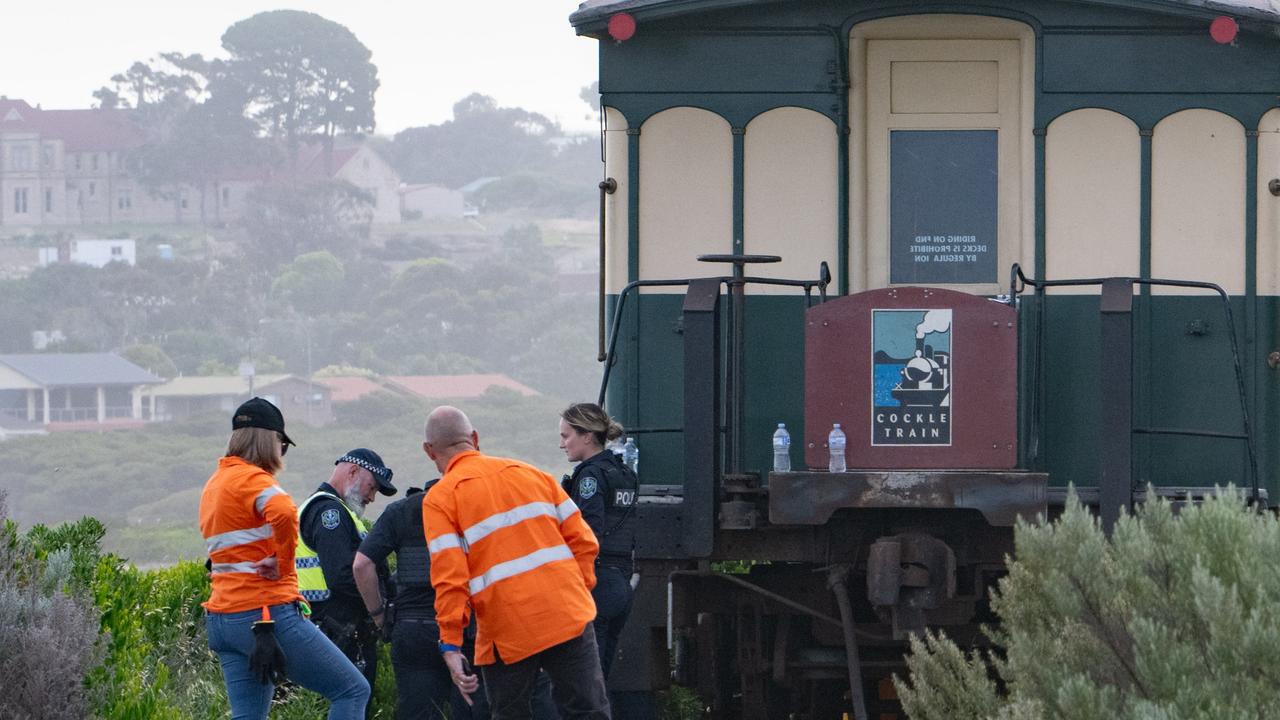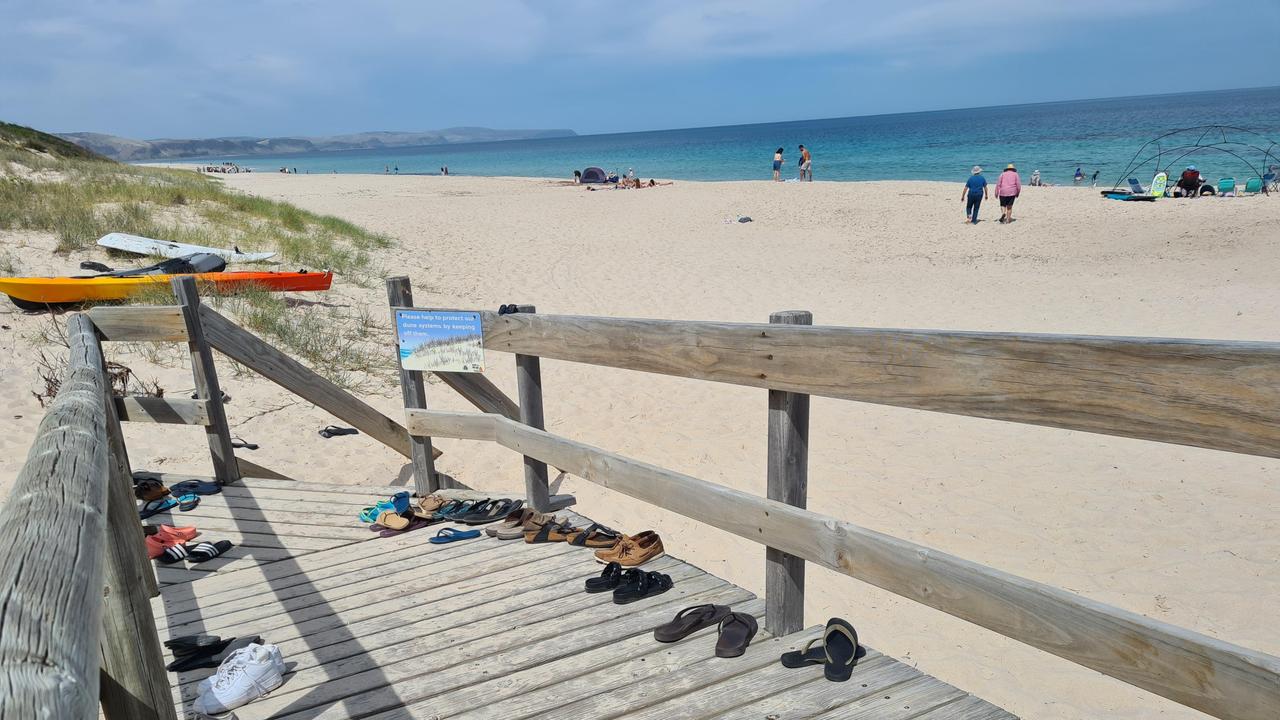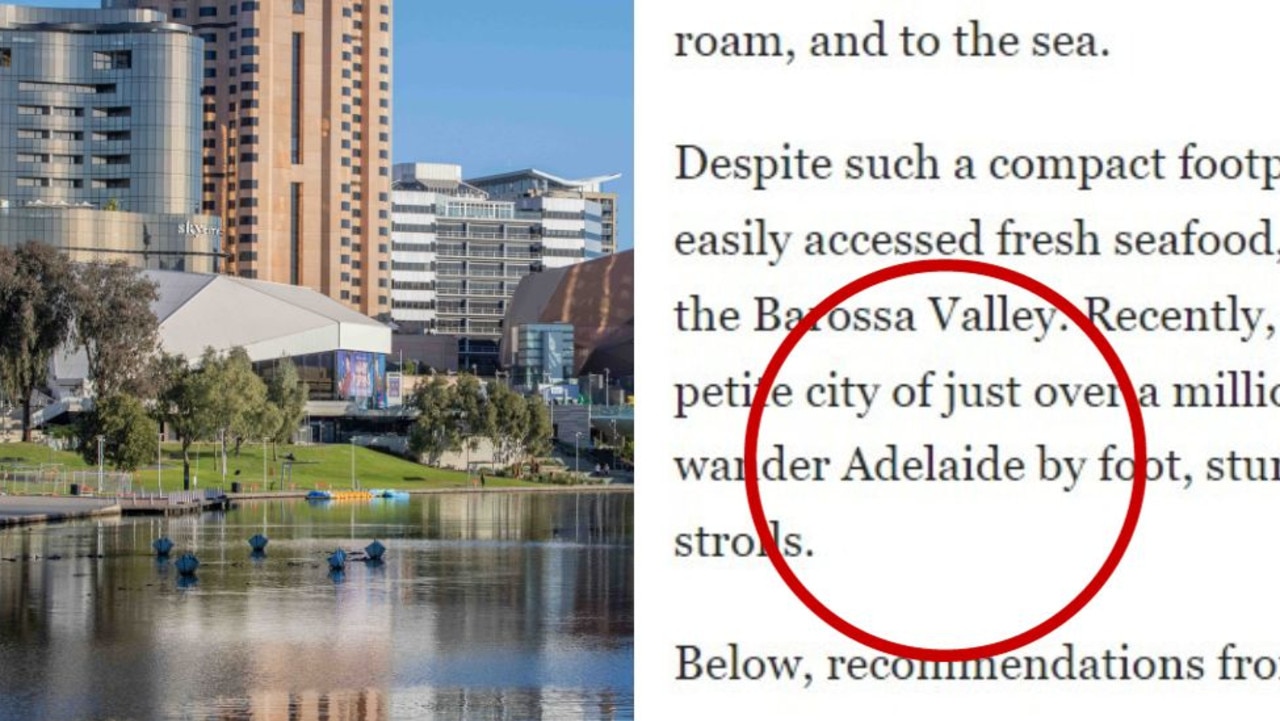Adelaide Fringe no longer oddball grunge
FRINGE festivals have left the periphery to become the new mainstream and the Adelaide Fringe Festival is leading the way, writes Fiona Scott-Norman.
YOU used to know where you were with fringe festivals. They were peripheral, oddball and unashamedly grungy while the mainstream arts festivals got on with serious culture. Fringe was the anti-establishment yin to the establishment yang of the government-subsidised major arts festivals.
Somehow this has all gone the way of the comb-over. Fringe is the new mainstream: Canada has more than 20 fringe events, and the Edinburgh Fringe Festival, by a long shot, is the largest arts festival in the world. Held each August, it has the biggest buzz and more than 2000 shows.
Adelaide Fringe hits new record with shows
The Adelaide Fringe Festival, running from February 22 to March 16 with 543 shows this year, is the second largest in the world and the largest arts festival in the southern hemisphere.
Both the Edinburgh and Adelaide fringes began as spontaneous sideshows to the cities' arts festivals – the Adelaide Fringe started informally in 1960, and was formally established in 1975 – but both have since eclipsed their neighbour events.
Freak shows: Fringe Festival's weirdest venues
Edinburgh, and to a lesser but still significant degree, Adelaide, are now heavyweights in the world's arts markets, seething with promoters, entrepreneurs, elite artists, commercial acts and headlining comedians, which render them as alternative as a teenager with a nose-ring.
Jon Morgan, the director of the Edinburgh Fringe since June last year, says his festival has changed immensely.
"I was asked recently what a typical fringe show is, and that's a difficult question to answer. At one time it was easy: a man and his dog in a toilet doing cutting-edge poor theatre. Now, it can be anything. There's definitely a commercial element that wasn't there before, and it's increasingly common for artists to appear in both fringe and curated festivals, depending on what work they're doing."
Fringe is fertile ground for mainstream
Paradoxically, given their origins, fringe festivals have become the places where artistic directors and promoters shop for shows. One of the big hits of last month's Sydney Festival, Black Watch, was snapped up from last year's Edinburgh Fringe, and the Melbourne International Comedy Festival obtains almost its entire international contingent from cruising the comedy acts at Edinburgh.
This is not just happy accident: both festivals actively market themselves as destinations for promoters and artists. Edinburgh has a promoter development department, and Adelaide Fringe has an initiative called Honeypot, in which promoters are accommodated on condition that they see shows.
Adelaide Fringe becomes annual affair
Last year the Fringe became an annual event, while the Adelaide Festival remains biennial.
"It's smart that we went annual, otherwise it's a long time between drinks for artists and promoters," says Fringe director Christie Anthoney.
"We've got 277 premieres in Adelaide this year: if something's hot it should go straight into someone else's program. We very much want to maximise that opportunity for artists. After all, most of them aren't earning any money."
And that, of course, is the challenge. Fringes are generally open-access: they are not curated events like mainstream arts festivals, and participating artists pay their own way. In terms of size and artistic content, a fringe is unplanned.
Canada deals with size by having a central fringe body (the Canadian Association of Fringe Festivals), and a lottery system for selecting artists. The Adelaide, Edinburgh and Melbourne fringes continue to grow every year, Edinburgh at an annual rate of 11 per cent. Morgan says expansion has not changed the Fringe's fundamental nature.
"I think it's OK to keep growing, because to limit size means that we're saying no to someone and I don't think that's right," he says. "Edinburgh's not just the biggest arts festival in the world, it's the biggest participatory arts festival, and I always say it's as big as it needs to be.
Free market fun for up-and-comers
"Essentially it's a free market. It will self-regulate. It's a kind of virtuous circle: if good work is appearing, promoters will come. And if promoters and press come, then the artists will come. The beauty of it is that it's one of the very few places where a bunch of high school students from the States can rub shoulders with big-name comedians and elite artists. The variety of acts is incredible."
Ms Anthoney says the larger the festival, the greater the vibe, and there's no question that attending Edinburgh Fringe is essentially an extreme sport.
As opposed to curated festivals, where audiences expect to be presented with the finest work, fringe audiences enjoy the challenge of ferreting the great shows from the dross: much the same instincts that send people to garage sales.
"Adelaide audiences do love an underdog," says Ms Anthoney. "Promoters do use the fringe, but only because the audience is already stimulated and excited. There's so much on, people are keen to get out of the house and see things."
Jon Morgan agrees, noting that in Edinburgh, out of their 1.5 million ticket sales, 900,000 are to Edinburgh residents: this in a city with a population of 450,000.
A point that both directors make is that despite the apparent subsumation of fringe festivals by big names, stand-up comedians and money-making concerns, the commercialism is just another layer.
Fringe festivals remain, at their core, a place for artists of all calibres to do cutting-edge work. Morgan says that commercial shows have more money to spend on posters, which gives the impression that they have a bigger presence than they do. And many comedians, he adds, come to Edinburgh to present more experimental shows.
Comedy stands-up as biggest slice of festival
Anthoney admits that comedy is now the largest section of Adelaide's program, but doesn't see a problem with it.
"It's a democratic festival," she says. "Whoever registers, registers. It's interesting to keep track of registrations. Comedy's been No 1 for the past 10 years, but visual arts are creeping up there. Cabaret keeps getting bigger and bigger, and so does circus. The biggest new trends are skit shows and zines. There's always this fear that theatre's in decline, but that's not my experience."
Despite the increased size and professionalism, fringe festivals are still the ultimate artistic litmus test. Trends emerge here before anywhere else. Morgan has seen a rise in burlesque and cabaret, and also, intriguingly, a revival of satiric musical theatre. This year in Edinburgh there will be a dedicated musical theatre venue for the first time.
Probably the main way in which fringe festivals have transformed, to this point, is in the building of international networks. Fringe festivals are no longer isolated events for the disenfranchised: the directors of more than 40 fringe festivals meet every year in Edinburgh to discuss how they can help each other, even if it's something as simple as ensuring their dates don't clash.
The Edinburgh Fringe holds roadshows in Britain and at other festivals including Adelaide Fringe, advising artists of the best way to get to Edinburgh, and gently relieving them of any hopes they have of making a quid. Ultimately, it's about maximising the ways in which an artist can have an audience.
"It's important that there are strongly curated festivals with the budget to buy what they perceive to be the best in the world," says Anthoney. "Seeing the best work from someone you trust and are excited by is very important. But fringe can have some of the best work. It's not about quality, it's that the platform is wider."
The Adelaide Fringe, February 22-March 16.



